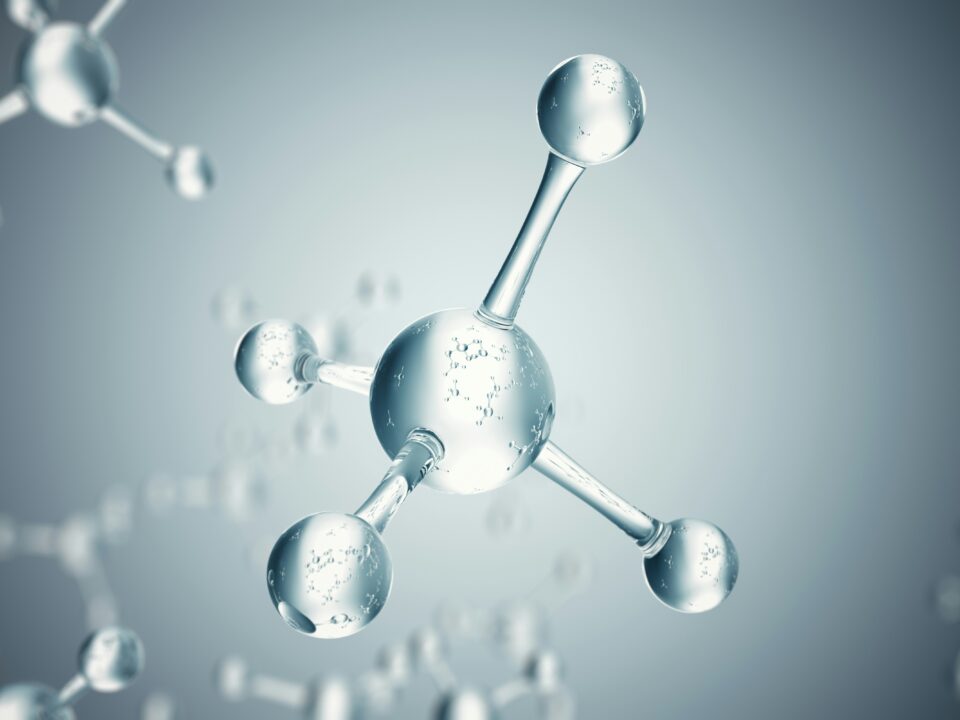
Sorbitol was initially found in the berries of a mountain ash tree, Sorbus aucuparia, in 1872 by a French chemist. Nowadays, it can be found in pears, apples, prunes, and peaches.
Sorbitol can also be synthetically derived by reducing glucose, which changes the existing aldehyde group to a hydroxyl group. Therefore, it is classified as a sugar alcohol.
In skincare products, sorbitol is used as a hydrating and moisturizing agent. Also, its properties enable the improvement of the textures in different formulations and; thus, acts a thickener. Overall, the active ingredient of sorbitol helps to visibly hydrate the skin, improve the texture of products’ formulations, and support the healthy state of skin’s microbiome.
Sorbitol is used as a moisturizer or humectant in skincare products. A humectant is defined as a water-attracting ingredient that draws water into the skin making it hydrated.
Sorbitol can also help to reduce signs of aging. With age skin begins to lose its ability to maintain water-based hydration. Skin’s top layers contain Natural Moisturizing Factors (NMF) or natural humectants. NMF’s function is to attract and retain water inside skin’s cells to keep it hydrated. As part of the natural aging process, a significant reduction in NMF’s count is observed leaving the skin dry and facilitating wrinkle formation.
Another function of sorbitol is to act as a thickening agent. Thickeners are important ingredients in a formulating process since they help the product to be applied smoothly and evenly distributed across the skin.
The microbiome plays an important role in skin’s health, protecting it from damage, water loss, and possible infections. Skin’s natural microbiome can be damaged from using harsh skincare formulations and excessive washing. This is why sorbitol acts a prebiotic which supports the skin’s balance and sustains the bacteria.
The active ingredient of sorbitol does not have major side effects and is safe to use on daily basis. Sorbitol does not cause any irritation, worsen the sensitivity, and toxicity issues.



